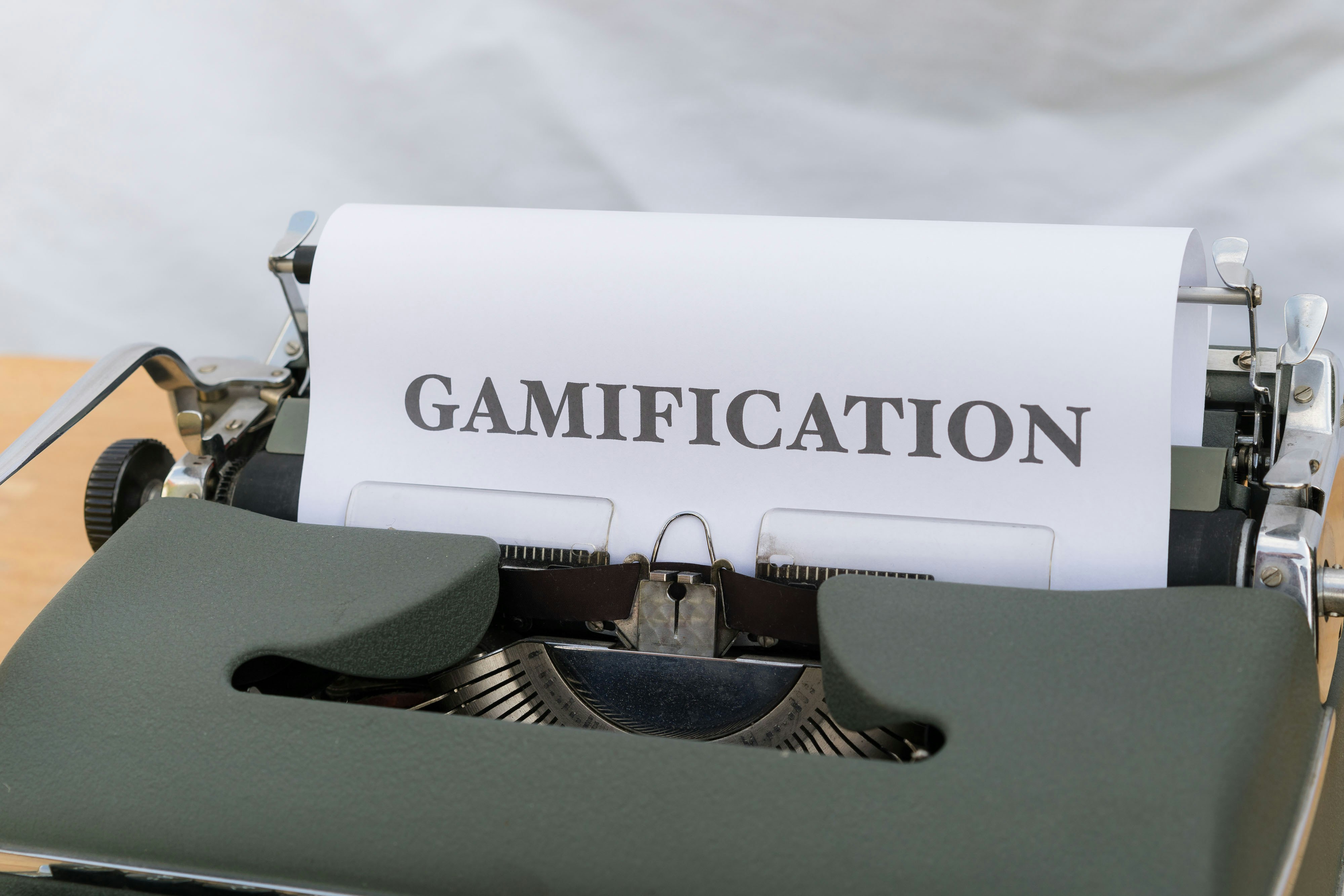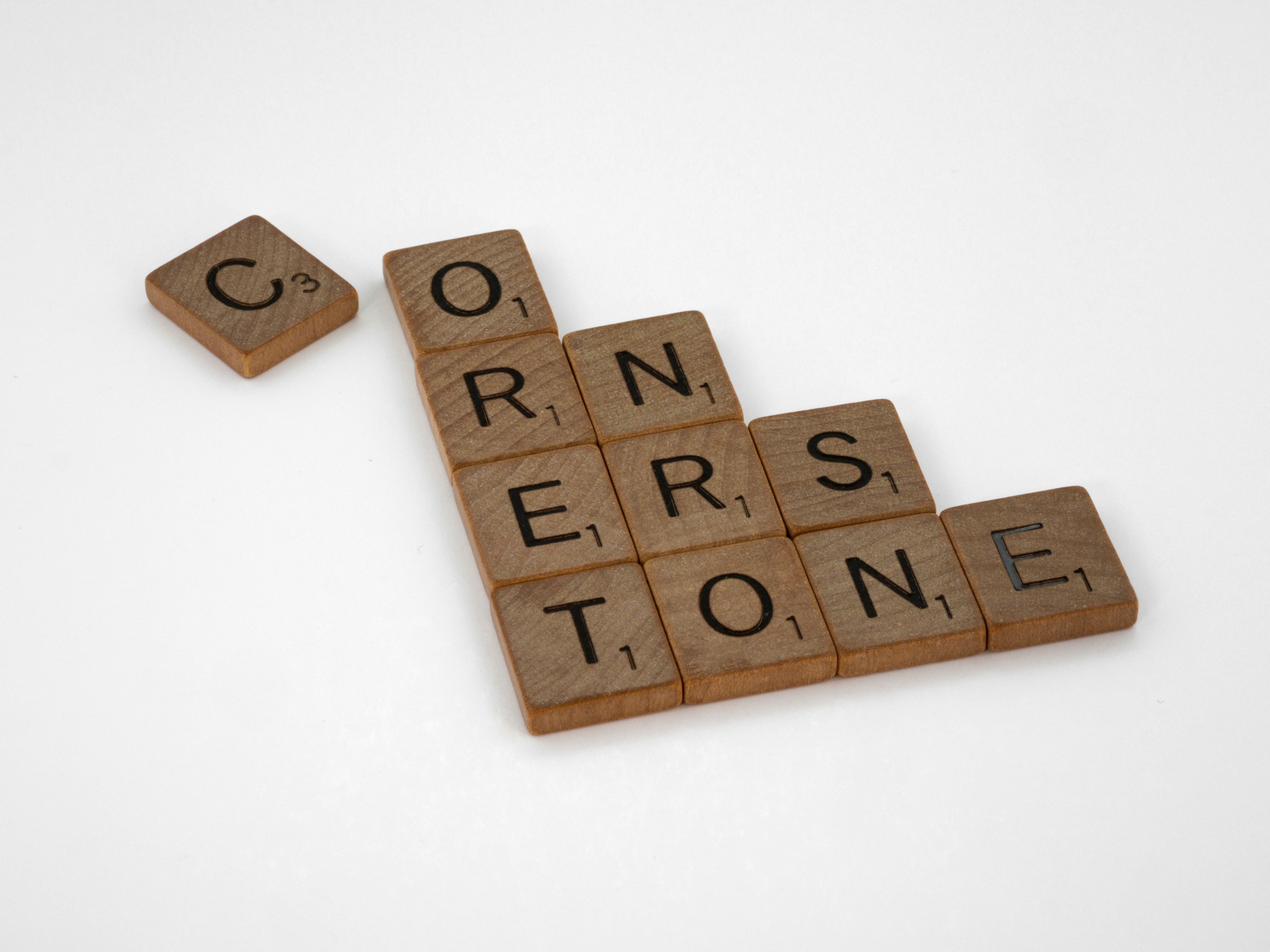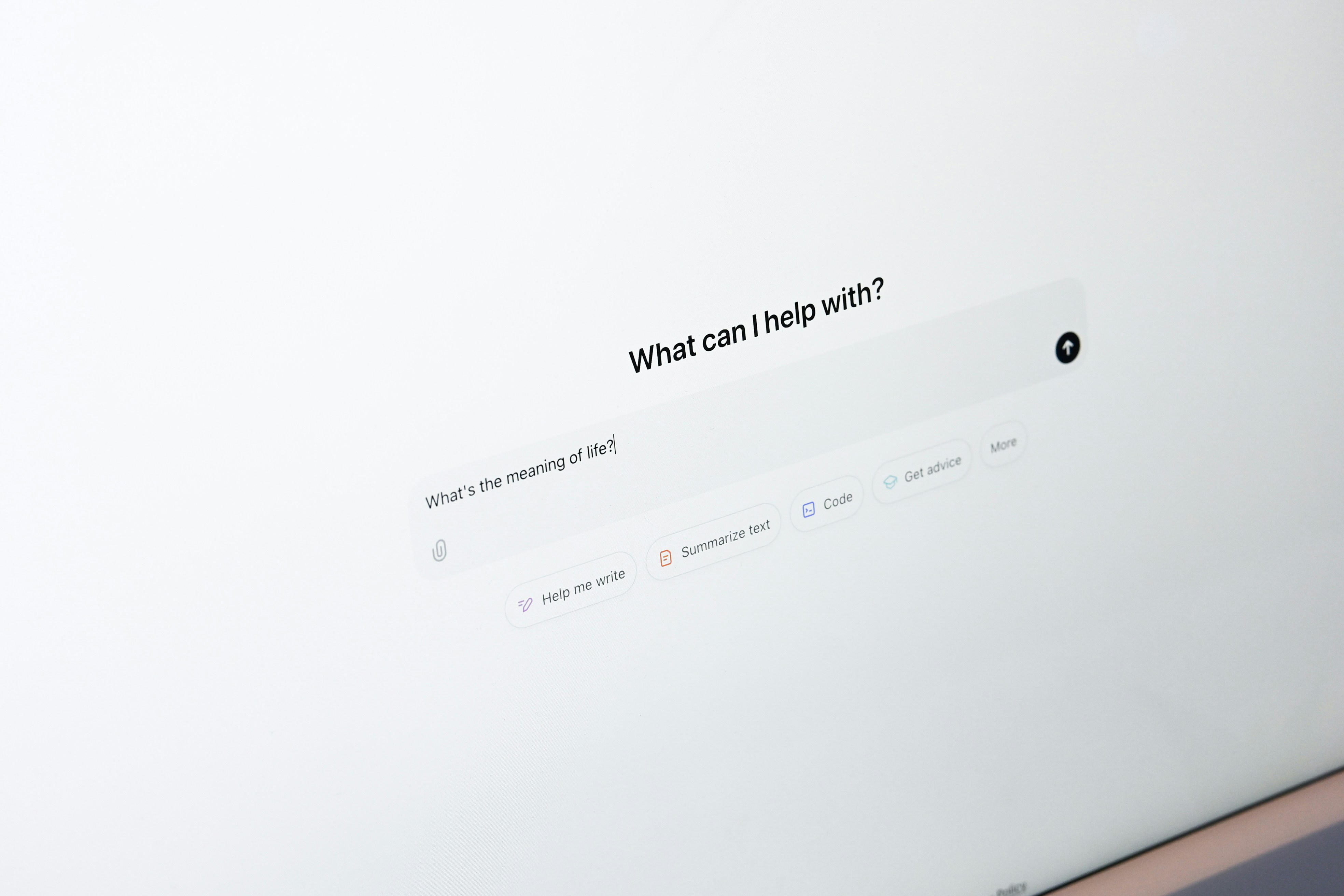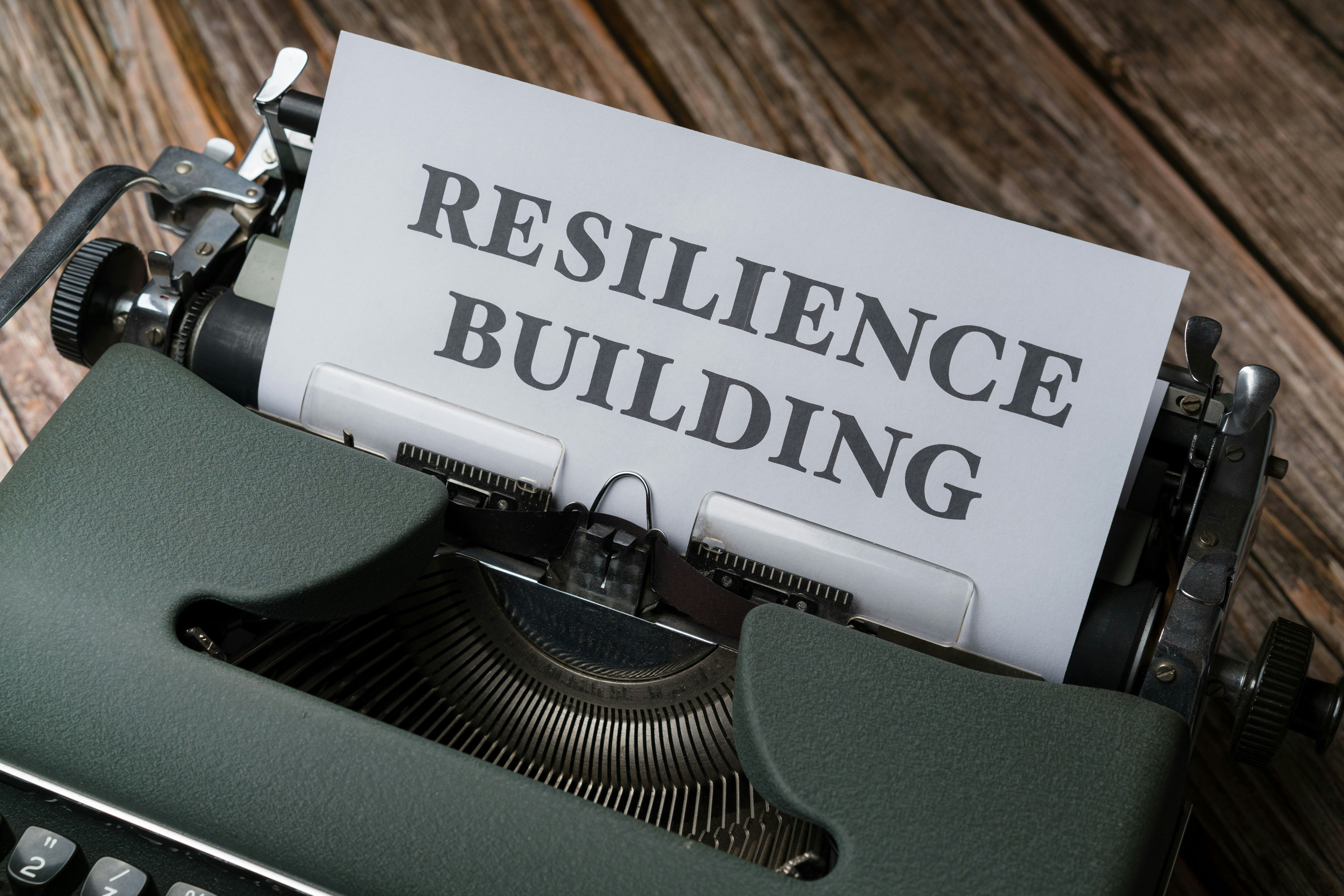Gamifying Customer Feedback: Transform Reviews into Growth!
In today’s fiercely competitive landscape, small businesses must find innovative ways to stand out and captivate their audience. One surprisingly effective strategy is gamifying customer feedback. By turning reviews and insights into an engaging and enjoyable experience, small businesses can transform passive customer interactions into active participation—gaining not only valuable insights but also a distinct competitive edge. This article dives deep into the nuances of gamification, demonstrating how small businesses can harness customer feedback to not just improve products and services but also enhance customer loyalty, satisfaction, and engagement.
Understanding Gamification in Customer Feedback
To grasp the concept of gamification in customer feedback, let’s first define what gamification means. At its core, gamification involves integrating game-like elements into non-gaming contexts to encourage user engagement and participation. This strategy spans various industries but finds particular resonance in the realm of customer feedback.
Imagine your customers not only sharing their experiences but doing so in a fun and engaging way—this is precisely where gamification comes in. When these interactions become playful, they encourage participation and provide you with invaluable insights to better meet customer needs. Unsurprisingly, studies indicate that gamified feedback mechanisms can significantly increase response rates, enhance data quality, and deepen customer engagement.
Why Small Businesses Should Embrace Gamification
Enhancing Customer Engagement
For small businesses, the stakes are higher when it comes to customer engagement—every interaction counts. Gamification creates interactive platforms where customers feel empowered to share their opinions, thus gradually nurturing a sense of community around your brand. A gamified feedback system can include elements like points, badges, and leaderboards, translating customer insights into a realm of friendly competition.
Just think about it: after leaving a review or completing a survey, a customer earns points redeemable for discounts or special offers. This creates a win-win scenario: customers feel valued and appreciated, while businesses receive critical data to drive growth.
Building Loyalty Through Shared Experiences
In an era where customer loyalty is paramount, gamification can foster a stronger emotional connection between your brand and its audience. Customers are more likely to return to a brand that recognizes and rewards their contributions. When gamification is appropriately implemented, customers not only share feedback; they become brand advocates.
Think of leveraging gamified campaigns during product launches or seasonal sales. Inviting customers to participate can cultivate a sense of accomplishment and belonging, leading to deeper customer relationships that result in repeat business.
Gaining Competitive Insights
A significant advantage offered by a gamified feedback system is the potential for uncovering insights that may otherwise be overlooked. Customers often provide richer, more contextual feedback when engaged in a gamified process. This natural, informal interaction can inspire recommendations or insights that sharpen your strategies and focus your offerings. For example, if customers can vote on potential product features or designs, you gain valuable information about market demand that can influence product development decisions.
Examples of Gamification in Action
1. Loyalty Programs Redefined
A common application of gamification is loyalty programs. Consider a coffee shop that rewards customers for their visits and feedback through a simple app. Each time customers make a purchase, they accumulate points. When they provide feedback, they accumulate even more—leading to milestone rewards like free drinks or exclusive promotions. This setup not only encourages repeat visits but also enhances the quality of customer feedback through increased engagement.
2. Customer Challenges and Contests
Another innovative way to tap into gamification is through challenges or contests. For instance, a small retail brand could launch a social media campaign inviting customers to share their favorite product experiences. Participants could be entered into a drawing to win prizes. Such initiatives not only boost engagement through social sharing but also capture authentic feedback linked to specific products.
3. Interactive Surveys
Instead of traditional surveys with monotonous rating scales, consider interactive, game-like surveys. Platforms that allow users to swipe, drag, or sort choices can create a more immersive feedback experience. Feedback gathered through these interactive methods can be more illuminating, allowing small businesses to navigate complex customer sentiments with ease.
4. Playful Rating Systems
Imagine if your customers could assign fun badges or emojis instead of simple star ratings in their reviews. For example, a customer could describe their experience as a "Sunny Day" or a "Chill Vibe," providing a much more colorful insight into their feelings about a product. These playful alternatives can enrich your feedback pool, allowing you to capture the nuances of customer experiences more effectively.
Example Success Stories
-
Starbucks: The coffee giant has brilliantly gamified its customer feedback through its loyalty program, “Starbucks Rewards.” Customers earn rewards for purchases and can provide feedback, which helps the brand tailor offerings while forging deeper connections with patrons.
-
Nike: With its Nike + app, Nike has turned fitness tracking into a social game. Users can share achievements, participate in challenges, and provide feedback on workouts, resulting in a thriving community that captures consumer sentiment and drives engagement.
Implementing Gamification for Feedback: Key Steps
Step 1: Identify Objectives
Begin by defining what you want to achieve through gamifying customer feedback. Align this with your overall business goals, whether that’s increasing customer retention, understanding customer needs, or enhancing product offerings.
Step 2: Choose the Right Platform
Select an appropriate platform or tool that can support gamified feedback mechanisms. This may include loyalty apps, social media, or web-based surveys. Ensure that the platform aligns with your audience’s preferences.
Step 3: Design Game Elements
Incorporate game-like elements such as rewards, challenges, and leaderboards into your feedback collection strategy. Be creative—think beyond points and badges to include unique incentives that resonate with your target audience.
Step 4: Communicate the Benefits
Ensure that your customers understand the value of participating in the gamified feedback process. Highlight how their contributions help enhance their experience, and advertise any rewards or benefits they can receive for their engagement.
Step 5: Analyze and Adapt
After launching your gamified feedback system, continually analyze the data you gather. Understand what works and what doesn’t—be prepared to adapt the process to maximize engagement and the quality of insights gathered.
Addressing Common Challenges
Resistance to Change
One challenge small businesses might face in implementing gamification is resistance from customers or staff who may be unfamiliar with new processes. A solid onboarding strategy that educates customers about the benefits can help throttle resistance, while a friendly, straightforward approach can ease staff adaptation.
Overcomplicating the Process
Gamification should enhance, not complicate, the feedback process. Too many elements or overly complicated rules may deter customers rather than engage them. Keep it playful and simple; focus on the essentials.
Final Thoughts
Gamifying customer feedback is a powerful strategy for small businesses eager to enhance engagement, foster loyalty, and extract meaningful insights. When executed thoughtfully, this approach can lead to a vibrant community of brand advocates actively participating in shaping the business's future. By embracing gamification, you not only gather invaluable feedback but also create a fun and positive experience for your customers.
As you explore gamification in your business, consider diving deeper into related growth hacks and strategies. For further reading, check out how to harness nostalgia marketing or discover how to unlock business success with gamification. Both can complement your efforts to create a rich, engaging customer experience.
Adopting gamification in the feedback loop prepares you to stand out in a crowded marketplace, transforming mundane reviews into a fun, competitive edge that drives small business growth.






















